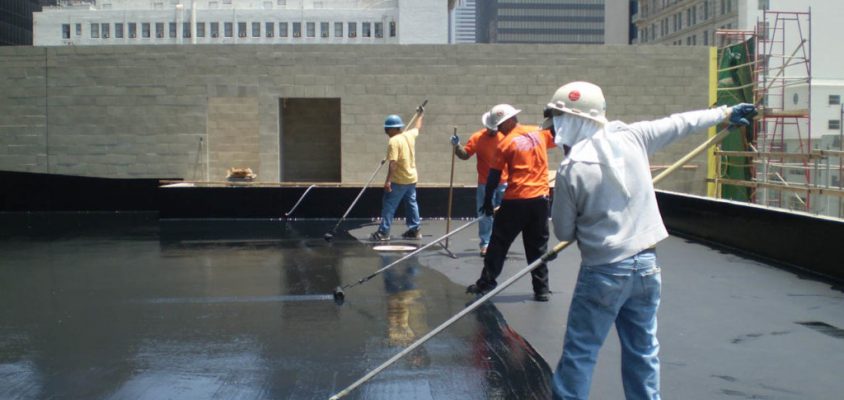
Image Source: Google
Water damage can wreak havoc on your home, leading to costly repairs and potential health hazards. From basements to roofs, ensuring your home is properly waterproofed is essential for protecting your investment and keeping your family safe. There are a variety of solutions available to help prevent water intrusion and damage to different areas of your home. In this comprehensive guide, we will explore the various waterproofing options that can help keep your home dry and secure.
Starting from the bottom up, basements are one of the most common areas in a home that are prone to water damage. To prevent water from seeping into your basement, it is important to have proper drainage systems in place. This can include installing a sump pump to remove excess water, as well as ensuring that the exterior of your home is properly graded to direct water away from the foundation. Additionally, waterproofing membranes can be applied to the interior or exterior walls of the basement to create a barrier against moisture.
Another common area where water intrusion can occur is in the crawl space. Crawl spaces are often susceptible to moisture and mold growth, which can lead to structural damage and poor indoor air quality. To waterproof your crawl space, you can encapsulate it with a vapor barrier to prevent moisture from entering. Additionally, installing a dehumidifier can help regulate humidity levels and prevent mold growth.
Moving up to the main level of your home, windows and doors are another potential entry point for water. Properly sealing around windows and doors with weatherstripping and caulk can help prevent water from seeping into your home. Additionally, installing drip caps above windows and doors can help redirect water away from the openings, further protecting against water damage.
Roofs are another critical area of your home that require waterproofing to prevent leaks and water damage. Regular roof maintenance, such as replacing missing or damaged shingles and clearing debris from gutters, can help prevent water from seeping into your home. Additionally, applying a waterproof sealant to your roof can provide an extra layer of protection against the elements.
In areas of your home where water is a constant presence, such as bathrooms and kitchens, it is important to use waterproof materials to prevent damage. This can include using water-resistant drywall, tile, and grout in these areas to create a barrier against moisture. Additionally, installing waterproof membranes in showers and around sinks can help prevent water from seeping into the walls and causing damage.
For homes with a basement or crawl space, installing a drainage system can help prevent water from pooling around the foundation and causing damage. French drains, gutter extensions, and downspout extensions can help redirect water away from your home, reducing the risk of water intrusion. Additionally, installing a sump pump can help remove excess water from your basement or crawl space, preventing water damage and mold growth.
Finally, maintaining proper landscaping around your home can also help prevent water intrusion. Ensuring that the ground is graded away from your home's foundation and installing proper drainage systems can help prevent water from pooling around your home. Additionally, planting trees and shrubs away from your home can help prevent roots from causing damage to your foundation and creating pathways for water to enter your home.
Waterproofing your home is essential for protecting your investment and ensuring the health and safety of your family. By implementing the various waterproofing solutions outlined in this guide, you can help prevent water damage and keep your home dry and secure. From basements to roofs, taking proactive steps to waterproof your home can save you time, money, and headaches in the long run.


